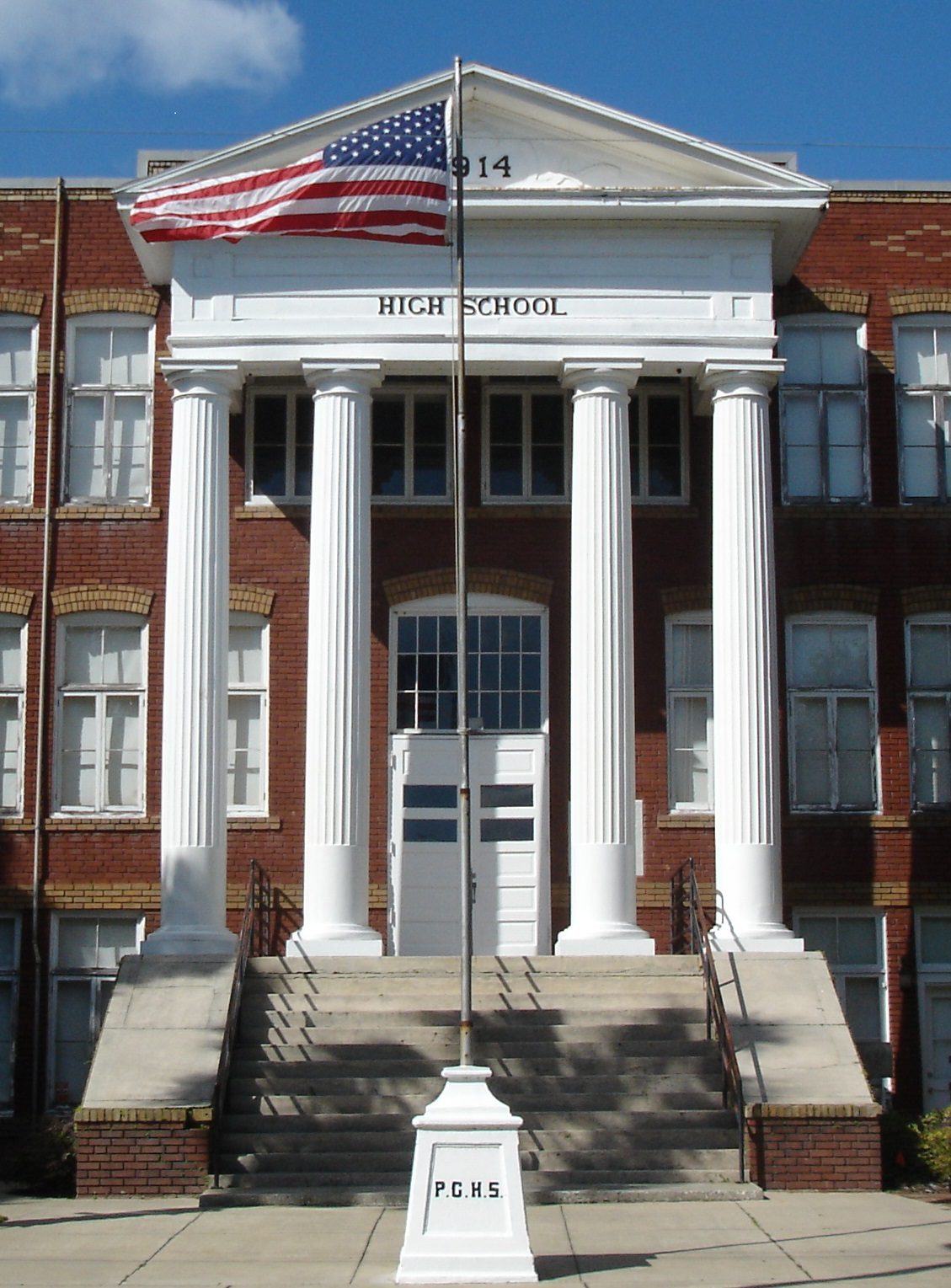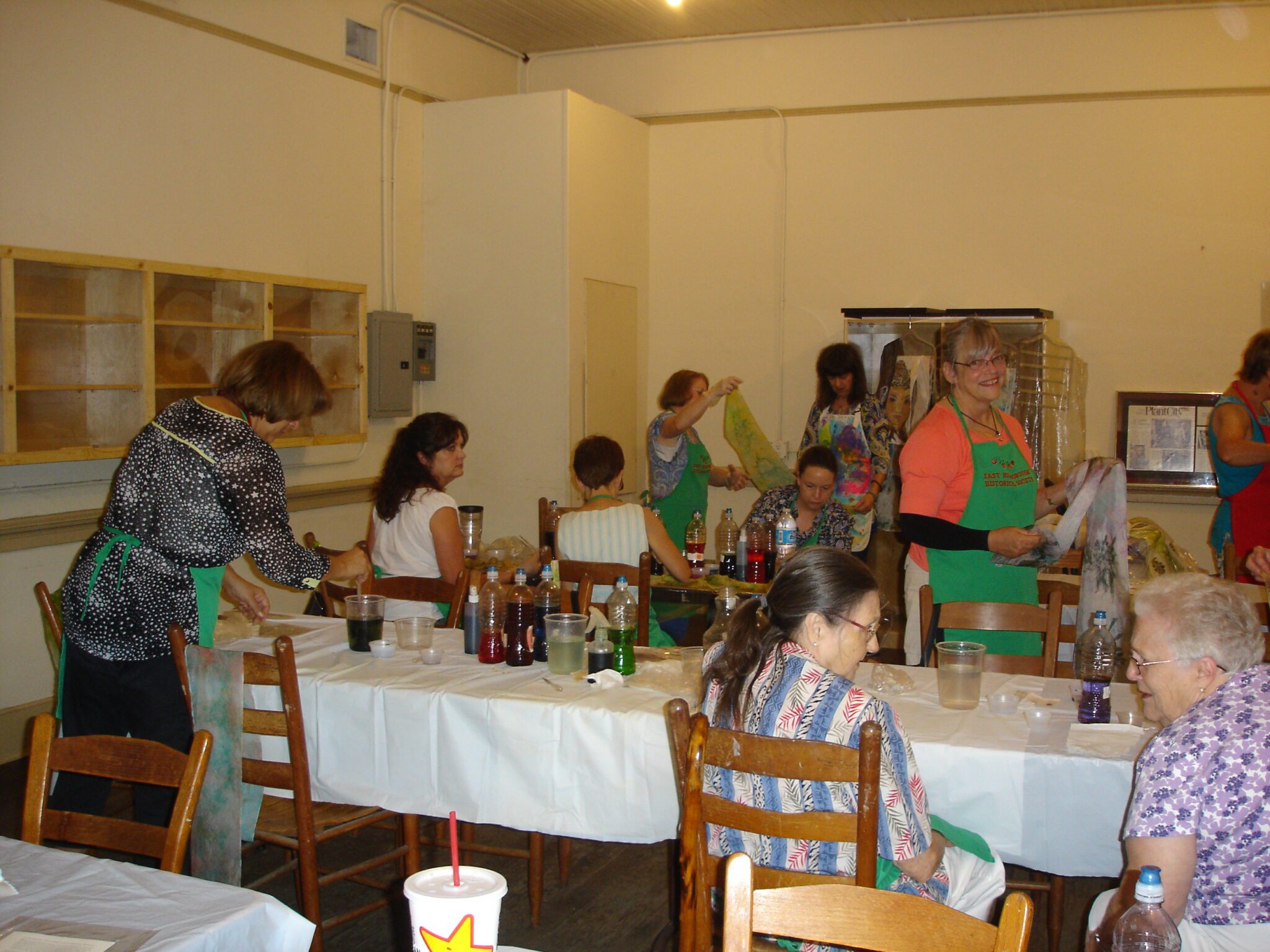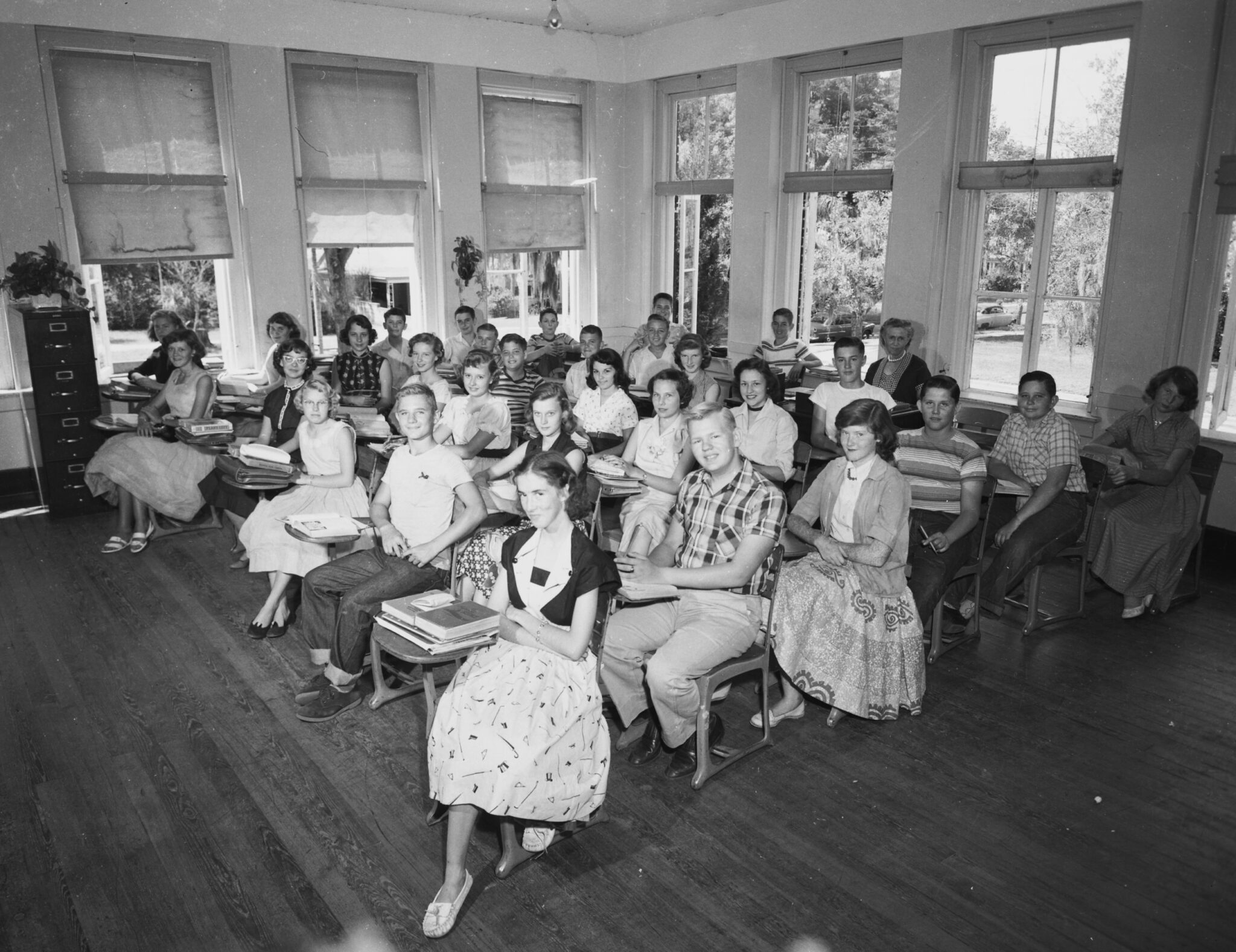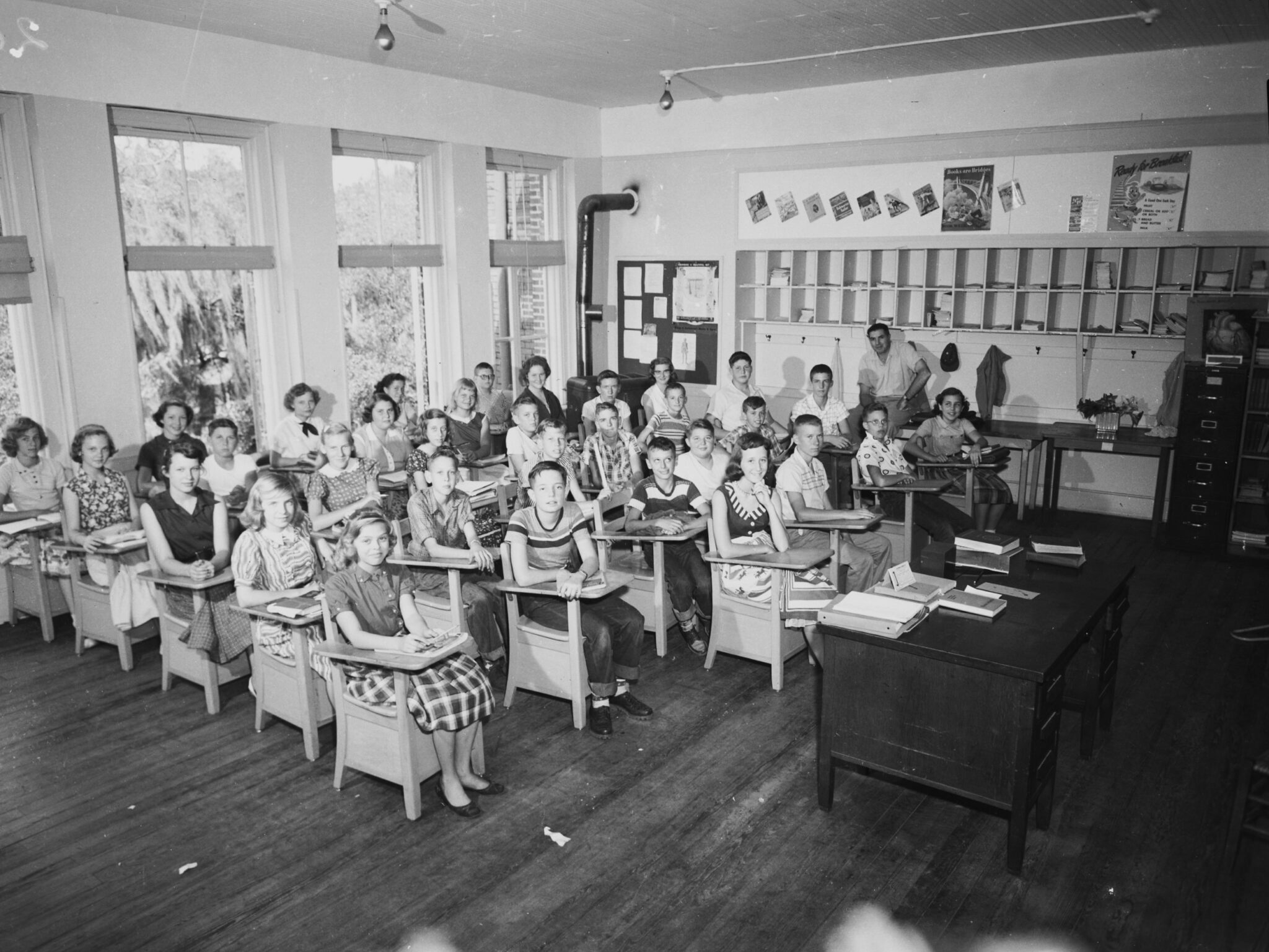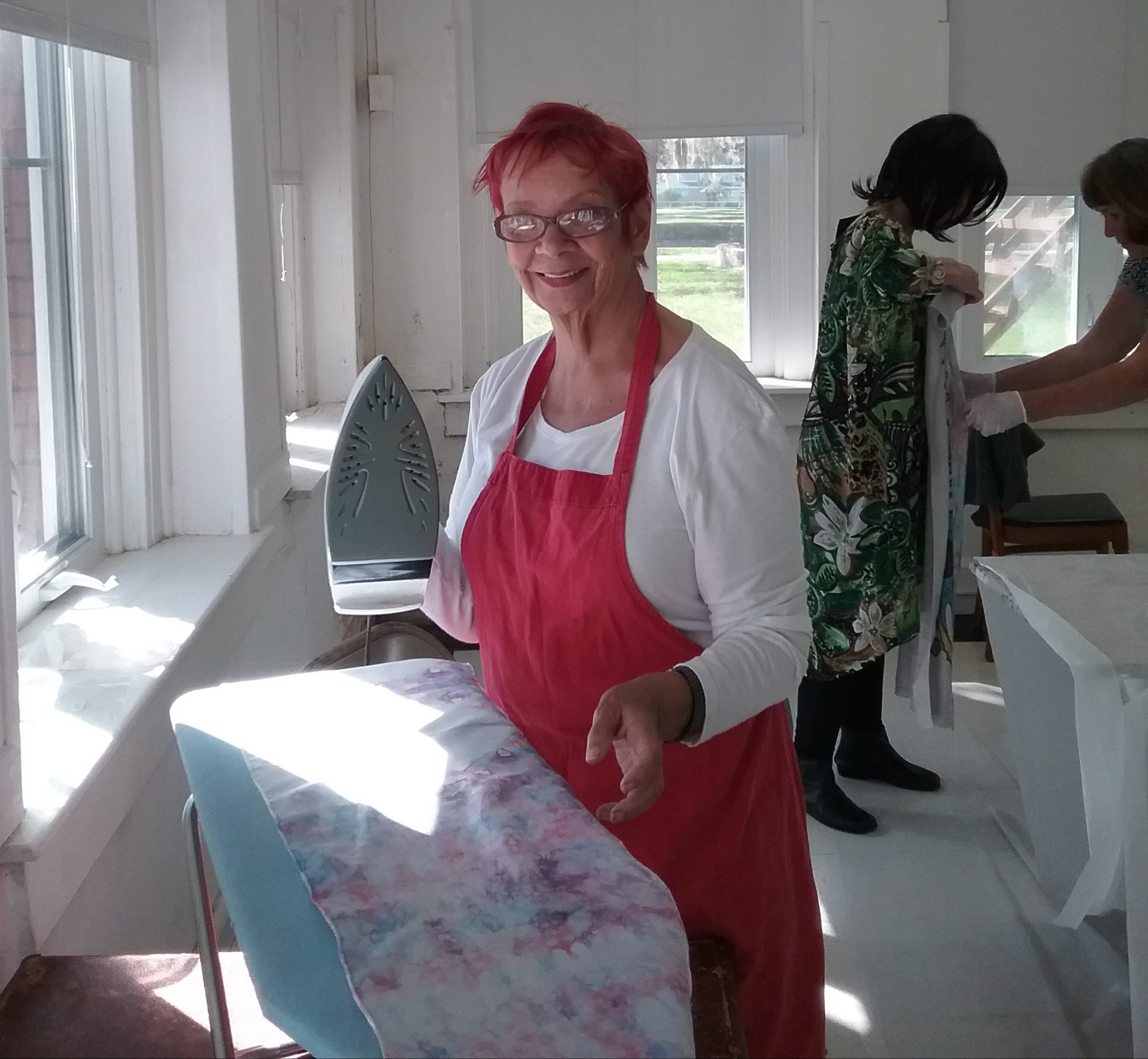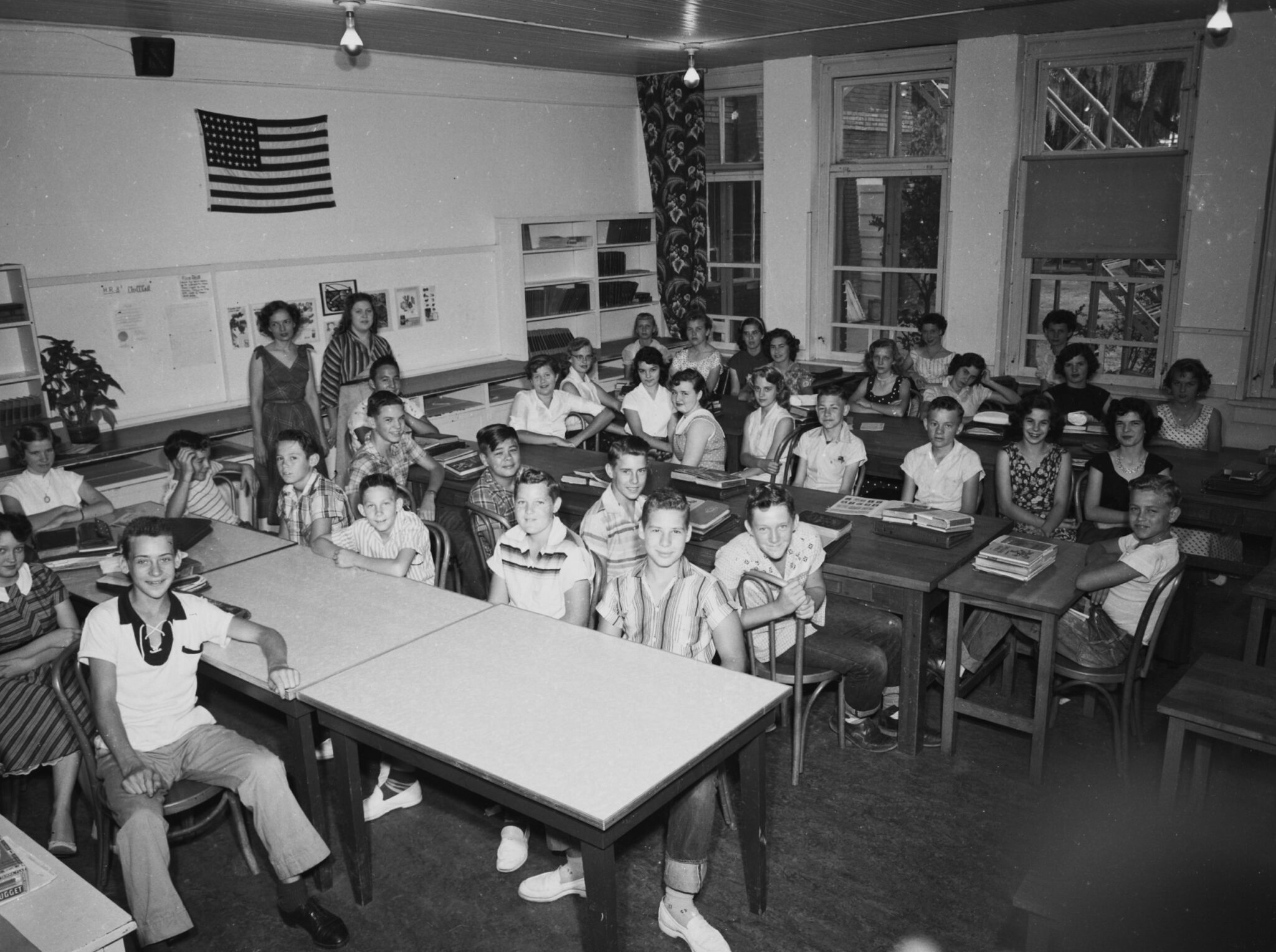Once a bustling high school that taught Plant City’s rising generations of leaders, the 1914 High School Community Center, a piece of the city’s history that over the years has fallen into disrepair, will be at the center of a discussion at a special commission meeting on Monday, April 24 at 5 p.m. at City Hall to discuss the status of the building.
Built in 1914 on a design by Tampa-based architect Willis R. Biggers for $40,000, the 42,066 square foot three-story modified Georgian Revival-style brick building with two large white columned porticoes on the east and west facades, sitting at 605 North Collins Street, operated as Plant City High School until 1955. It later became Tomlin Junior High School.
In 1975, Hillsborough County School Board deeded the building to the City of Plant City. It is currently occupied by The East Hillsborough Historical Society (EHHS), established in 1974 with the mission of preserving Plant City’s history. The building is home to a local history museum, genealogical archives center and the H.B. Plant Railroad Historical Society. The museum’s first exhibits were created by a group of retired educators who donated items that connected the dots of Plant City’s local history.
The building has been used for neighborhood programs and events, meetings, reunions and wedding receptions. Earl Stanley, the King of Bluegrass, performed in the auditorium. The movie “My Girl” was filmed at the former school. The Woman’s Club of Plant City was officially organized on January 29, 1922 in the building’s auditorium. In 1981, the building was placed on the National Register of Historic Places.
Between 1989 and 1999, the City of Plant City had an onsite employee who served as a historic site administrator, who focused on the physical asset of the building with grant writing and historic preservation/rehabilitation projects. The position was supported by then City Manager Nettie Mae Berry Draughon, who was an alumni of the 1914 Plant City High School and also a member of the board of directors of EHHS.
For EHHS President Shelby Bender, the building has particular significance. She walked its halls as a seventh and eight grade student (she was Shelby Roberson) from 1966 to 1968, when it was Tomlin Junior High School. “It was such a great experience because we were able to make new friends who came from all the neighborhood elementary schools,” she said. “There were over 900 students here and it was our first experience of having different teachers for each subject.”
She recalled the Physical Education and Band rooms were located on the west side of Wheeler Street. The girls walked down the alley between nearby homes and the boys used the sidewalk. A traffic light helped them safely cross the street.
“I have fond memories of my teachers and those good times came full circle when I joined the East Hillsborough Historical Society and worked side-by-side with some of the ladies who had been my teachers, Ms. Carolyn Hodges who taught geography and Mrs. Beryle Buchman Wolff who taught English and Miss Sara Copeland who taught girls physical education,” she said. “As a matter of fact, Ms. Copeland is still an active volunteer with the Society and we enjoyed visiting this year for strawberry stemming as we prepped the strawberries for our strawberry shortcake booth at the Florida Strawberry Festival.”
In addition to Bender, her future husband was also a student at Tomlin while she was there, her mother and husband’s parents attended the school and his grandmother was a teacher there.
“Our family feels a connection to the 1914,” she said. “I look forward to many more years of working to preserve and share the history of our community.”
The building’s future remains uncertain. The task of restoring the building to its former glory would be gargantuan though not impossible. In 2021, Universal Engineering Sciences, retained by the city to provide an objective assessment of the condition of the building, reported that the building is in poor condition and would require $7.7 million or more to make necessary repairs to bring it to fair to good condition to allow future occupation of the building. They also cautioned in the report that these costs could increase 50 – 100 percent due to unforeseen conditions, material cost increases and other factors.
Engineers noted signs of significant and widespread water intrusion through exterior walls, especially around windows, decayed wood-framed roof rafters and floor joists, termite damage to ceiling joists and roof rafter members and trusses, loose exterior bricks, exterior stair-stepped cracks in brick walls, missing mortar in joints, active roof leaks, decayed wooden window frames, rotted exterior wood columns, plaster walls deterioration and the need to upgrade the cast iron plumbing piping and electrical components. The roof, according to the report last replaced in 1979 and covered in Thermoplastic Polyolefin (TPO), is in poor condition. Inspection of the building also identified 21 materials suspected of containing asbestos fibers, which means future renovation or demolition activities will be regulated by the Florida Environmental Protection Agency and other government entities.
Despite the condition of the structure, historic buildings like the 1914 High School Community Center are tangible links to our past, they tell a story and keep memories alive. Members of the community are encouraged to attend the meeting to discuss the building’s fate.
“The 1914 HSB is a public asset and, as with any other public asset, members of the community are always welcome to share their views,” said City Manager Bill McDaniel.
